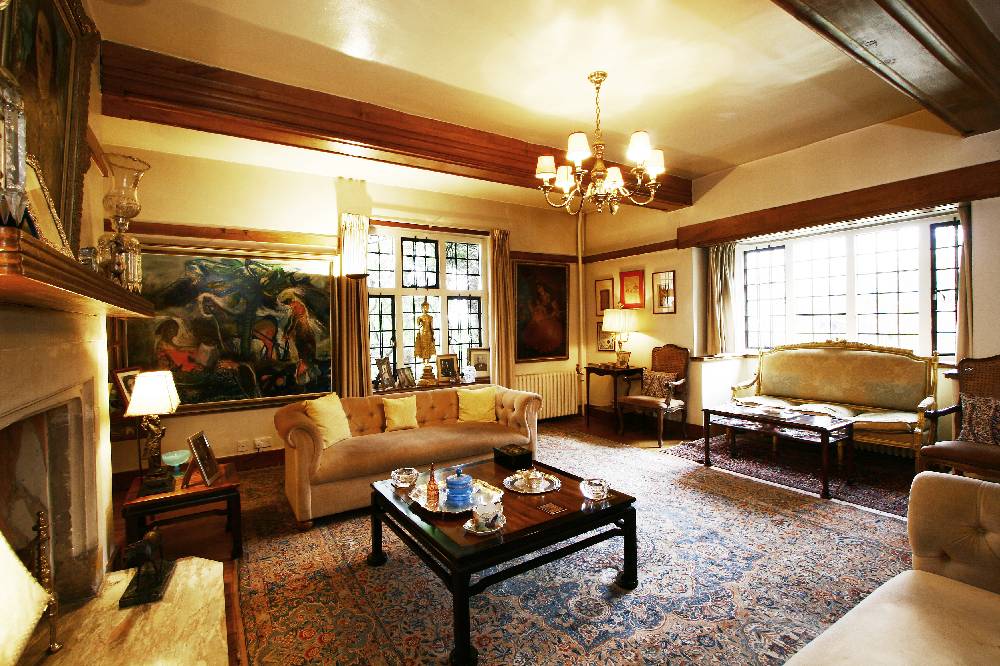Kerman Rug
KERMAN rugs have been appreciated by western collectors for many years. They are particularly famous for having a single medallion with an arabesque form called ESKI-KERMAN. There are, however, many different designs in KERMAN rugs. Another common famous design is the “Tree of Life.” KERMAN rugs are famous for producing large-size rugs (10 x 18 feet), but you will be able to find smaller sizes, also. KERMAN rugs are of very high quality, just as TABRIZ and ISFAHAN. KERMAN rugs have very tight foundations and the knots are Persian. The quality of the Kerman rugs depends upon the number of knots, which varies, but averages from around 120 KPSI (30 RAJ) up to 842 KPSI (80 RAJ).
In the world of antique Persian rugs, Kerman rugs are celebrated as being among the best. Kerman rugs are prized by collectors for a myriad of reasons, which includes but it not limited to: a wide range of designs, a broad pallet, utilization of natural dyes and fibers, immense tensile strength and abrasion resistance, and expert color combinations. No two Kerman rugs are precisely alike, but these general characteristics typify this enduringly popular style.
Kerman rugs (sometimes “Kirman”) are one of the traditional classifications of Persian rugs. They are named after Kerman, which is both a city and a province located in south central Iran, though, as with other such designations the term describes a type which may have been manufactured somewhere else. Kerman has been a major center for the production of high quality carpets since at least the 15th century. In the 18th century, some authors considered the carpets from the province of Kerman, especially at Siftan, to be the finest of all Persian carpets, partly because of the high quality of the wool from the region. Known as Carmania wool.
Laver Kirman (also known as Lavar Kerman and Ravar Kerman) and Kermanshah rugs are part of the Persian floral rug-making tradition. The finest antique Laver Kirman and Kermanshah rugs offer quintessential refinement and romance. Ivory and sand-toned grounds (seldom-found in other styles of 19th century Persian carpets) predominate, enhancing the ethereality that is the hallmark of this Persian city rug style. The drawing of the designs in best antique rugs is fluid and lyrical with floral motifs of almost infinite detail. Their pattern language is frequently comprised of all-over patterns of botanical motifs or a central medallion encircled by dense foliage. Designs and motifs of Kerman region Damask rose is the most used motif in Kerman rugs design which is mostly used in “Sabzikar Ravar” and “Gol Sorkhi” (Red Rose) rugs. The most well-known motifs in Kerman rugs are “Ghab Ghora’ani”, “Setooni”, “Ghabi”, “Kheshti”, “Saraam Atiyeh”, “Jangali”, “Shekargah”, “Lachak-Toranj” beautiful styles and “Sabzikar Ravar”.
Source:
http://en.wikipedia.org/






